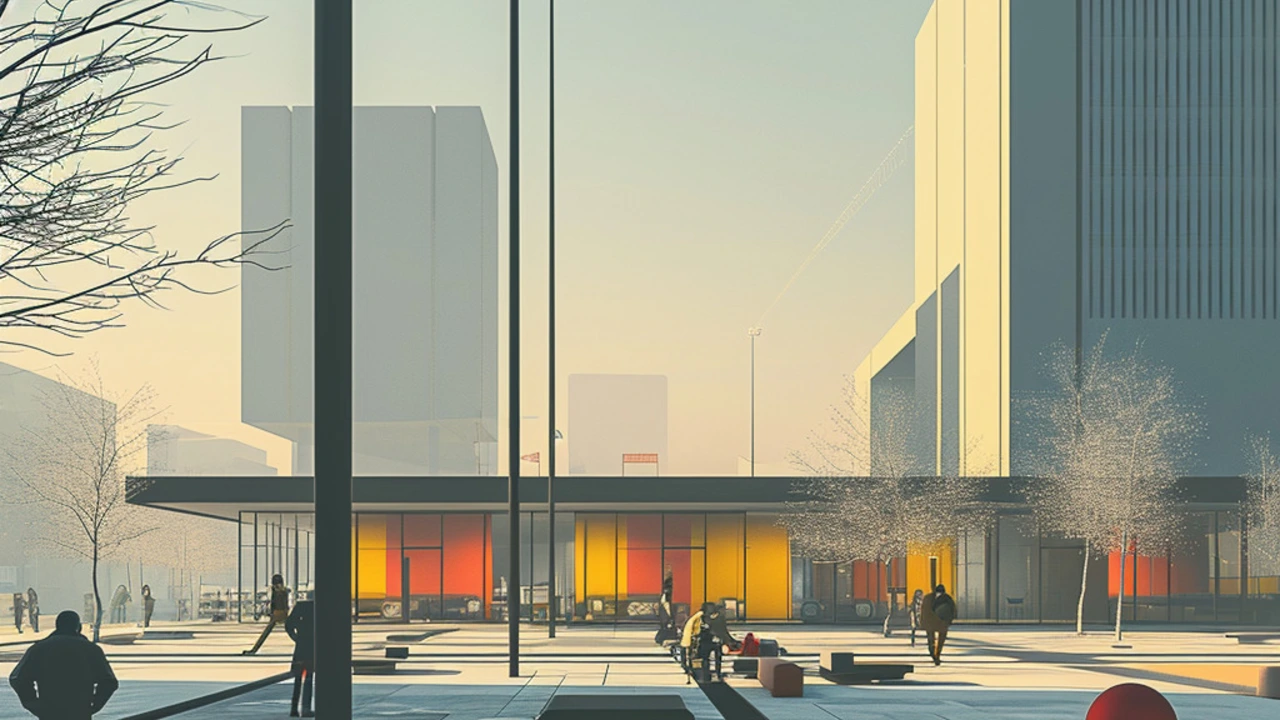Bauhaus Effect: How this movement still runs our rooms and cities
Bauhaus isn't just a museum piece. Its clean lines, simple shapes, and focus on function show up in furniture, buildings, apps, and even city signs. If you want design that looks modern and actually works, Bauhaus gives clear rules you can use.
What the Bauhaus Effect actually means
Think of Bauhaus as a how-to for useful beauty. It broke the barrier between craft and art, so a chair could be both well-made and good-looking. The idea? Remove unnecessary decoration, choose honest materials, and make things that do their job well. That mindset changed architecture, product design, graphic design, and interiors.
Want a quick way to spot Bauhaus? Look for flat surfaces, geometric shapes, primary colors used as accents, and materials like steel, glass, and plywood. If a design looks purposeful and spare, there's a good chance it owes something to Bauhaus.
How to use Bauhaus ideas at home and in projects
Start small. Replace one overly ornate item with a simple, functional piece. Swap a heavy carved table for a slim, rectangular table with clean legs. Pick a neutral base—white, gray, black—and add one accent color: red, yellow, or blue. Use natural or industrial materials: exposed metal legs, plain wood tops, and clear glass.
Lighting is a fast win. Choose lamps with simple forms and visible bulbs or thin shades. For storage, favor open shelving or modular units that can be rearranged. Bauhaus favors flexibility—buy pieces that can serve more than one use, like a bench that stores shoes or a table that doubles as a desk.
On the digital side, Bauhaus principles improve clarity. Use grid layouts, readable sans-serif type, and bold blocks of color for emphasis. De Stijl and Bauhaus share this grid-first thinking—see the article “De Stijl's Impact on Graphic Design Evolution” for ideas you can copy.
Curious where to read more here? Start with “Bauhaus Modernism: How Bauhaus Design Changed Art, Architecture, and Everyday Life,” then check “Bauhaus: Redefining Art and Design for the Modern World” and “Bauhaus: A Beacon of Modernity in Design.” Those pieces explain history, show real examples, and give practical tips for applying Bauhaus today.
Want to mix styles? Bauhaus pairs well with minimal Scandinavian interiors or industrial loft looks. Avoid clutter. One well-chosen piece will do more than a room full of small items. If you’re unsure, photograph the space and remove everything that doesn’t have a clear purpose. You'll see the effect fast.
Ready to try? Pick one room, choose two functional upgrades (furniture and lighting), and stick to a neutral base with one bold accent. That small shift captures the Bauhaus Effect: useful, honest, and modern design that lasts.

